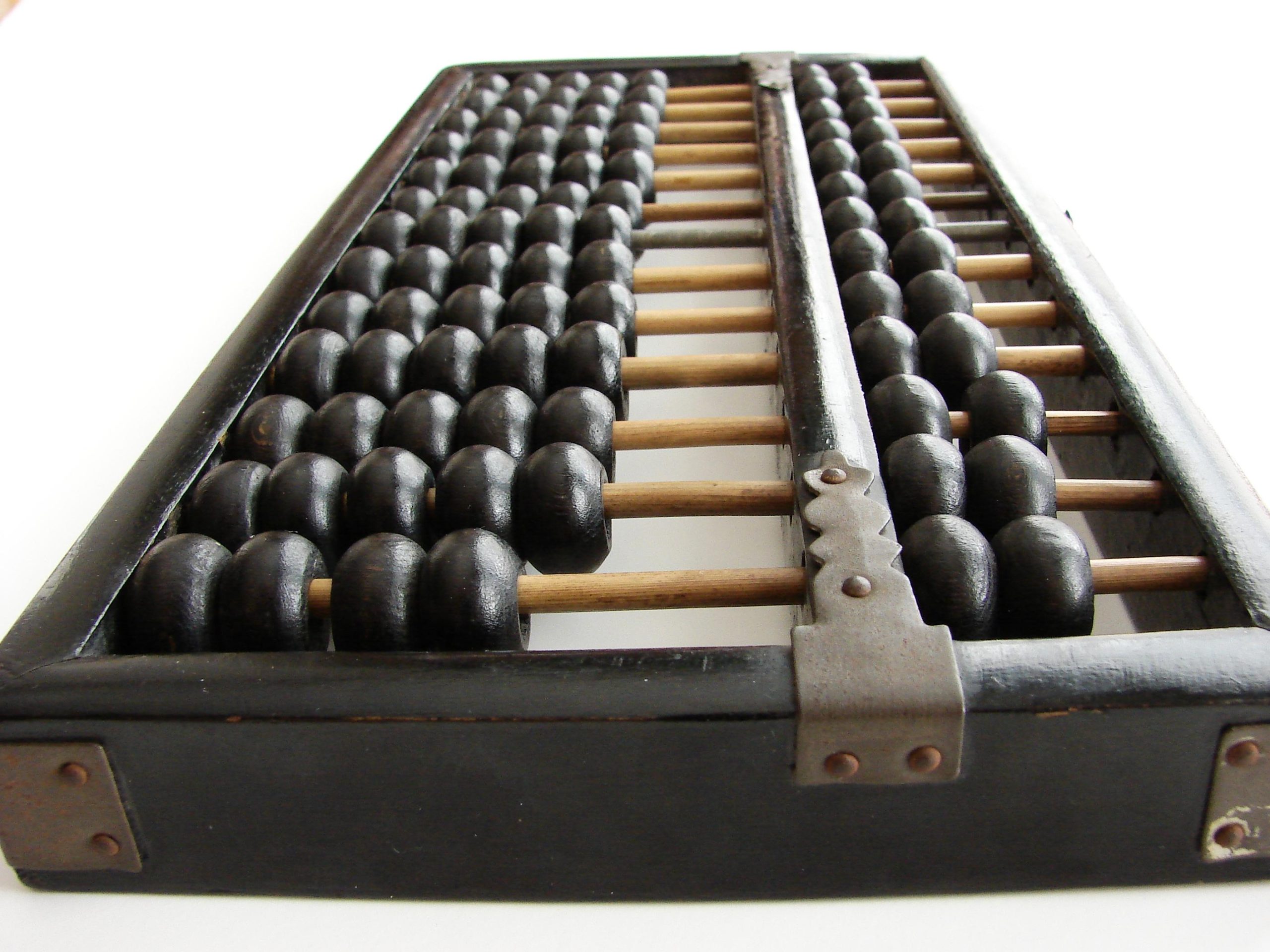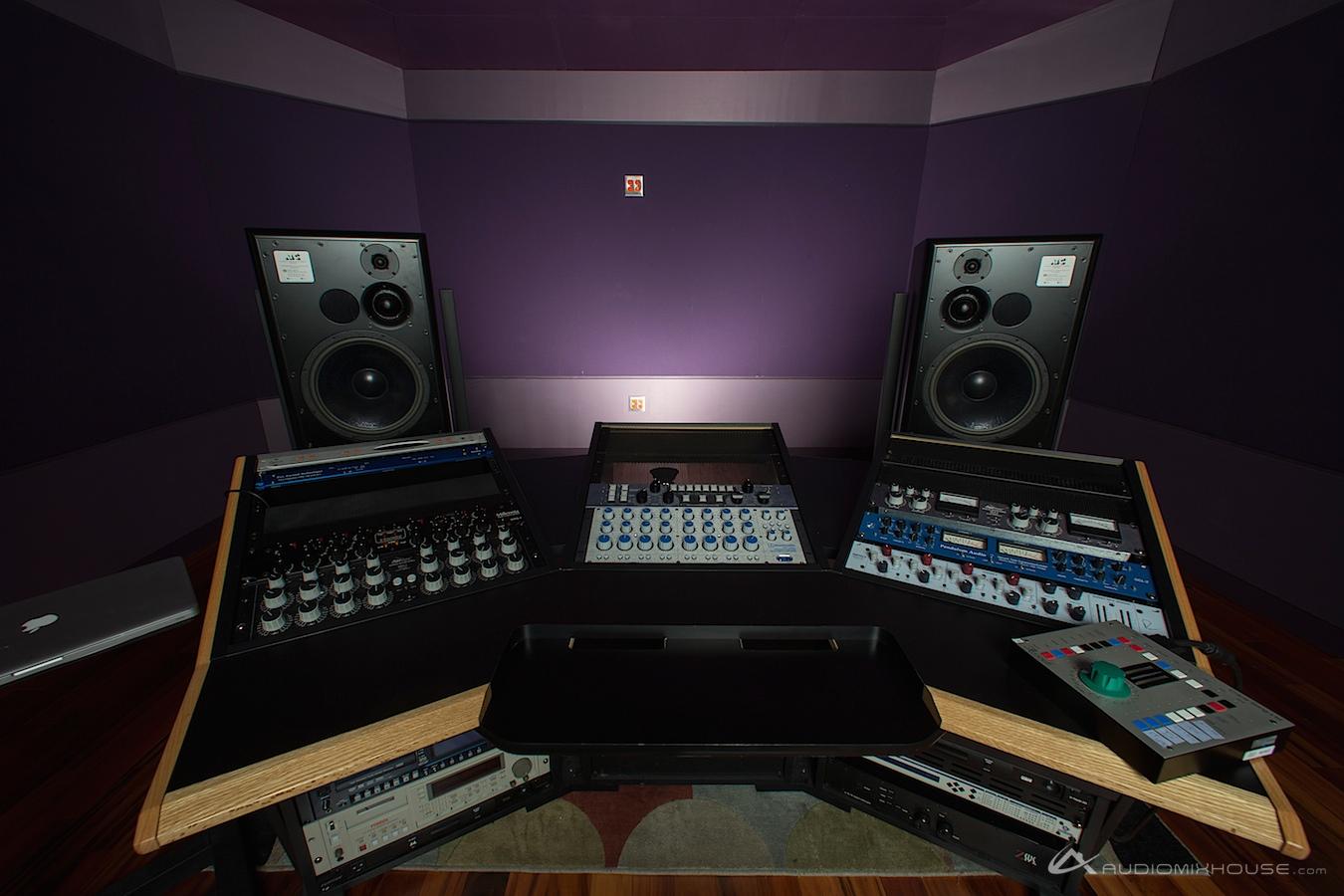
The abacus, an ancient calculating tool that dates back thousands of years, continues to captivate with its simplicity and efficiency. Used for centuries by merchants, mathematicians, and scholars all over the world, this remarkable device has stood the test of time. Whether you’re a seasoned mathematician exploring alternate methods of calculation or simply curious about this intriguing machine, this article will guide you through the fundamental steps on how to use an abacus. In this informative piece, we will explore its structure, the basic concepts, and provide step-by-step instructions to help you unravel the limitless possibilities of this remarkable tool.
Introduction to the Abacus
An abacus is an ancient counting tool that has been used for centuries to perform mathematical calculations. It consists of a rectangular frame with parallel rods, each containing a series of beads that can be moved back and forth. The abacus is divided into two sections, with the upper section having two beads on each rod and the lower section having five beads on each rod. This clever device allows for quick and efficient calculations, making it a valuable tool for mathematicians, students, and anyone who wants to sharpen their mental math skills.
Using an abacus may seem daunting at first, but with a little practice, it becomes second nature. To start, ensure that the abacus is placed in front of you with the rods lined up vertically. Each rod represents a specific place value, from right to left: ones, tens, hundreds, thousands, and so on. Begin by setting all the beads to their initial positions, which is usually all pushed towards the center of the frame.
When adding or subtracting numbers on the abacus, the beads are moved to represent the values being added or subtracted. For addition, slide the desired number of beads towards the center of the frame on the appropriate rod. To subtract, move the beads away from the center. Keep in mind that beads in the lower section have a value of one, while beads in the upper section have a value of five.
Multiplication on the abacus is done by using a series of movements and bead placements. Start by setting the multiplicand (the number being multiplied) on the bottom portion of the abacus. Then, slide the appropriate number of beads towards the center to represent the multiplier. The results can be read from the abacus by counting the number of beads in each rod.
If you want to divide using an abacus, the process is slightly more complex. For simplicity, it’s easiest to set the divisor on the bottom portion of the frame. To begin the division, find the largest multiple of the divisor that fits into the dividend (the number being divided). Place the beads on the appropriate rods to represent this multiple, starting from the far left rod. Repeat this process until the entire dividend has been divided.
In conclusion, the abacus is a versatile and powerful tool for performing mathematical calculations. Once you become familiar with the basic techniques, you’ll find that using an abacus can greatly enhance your mental math skills and help you solve complex problems with ease. Practice regularly to sharpen your abacus proficiency and unlock a world of mathematical possibilities.

The Anatomy of an Abacus: Understanding the Beads and Columns
<p>An abacus is a fascinating tool that has been used for centuries to perform mathematical calculations and is still widely used today. To effectively use an abacus, it is important to understand its anatomy, specifically the beads and columns that make up this ancient device.</p>
<h2>Beads</h2>
<p>The beads are the fundamental components of an abacus. Here's what you need to know about them:</p>
<ul>
<li>The beads on an abacus consist of two types: the upper beads and the lower beads.</li>
<li>The upper beads are typically colored beads and are situated above the horizontal bar called the reckoning bar, while the lower beads are located below the bar.</li>
<li>Each column on the abacus contains a specific number of beads. The number of beads in each column depends on the type of abacus you are using.</li>
<li>When performing calculations, the position of the beads can represent different numeric values. By moving the beads up and down, you can manipulate the values and perform calculations easily.</li>
</ul>
<h2>Columns</h2>
<p>The columns are the vertical segments on the abacus that hold the beads. Understanding the different columns is crucial to effectively using an abacus:</p>
<ul>
<li>The abacus typically consists of multiple columns, usually divided into two sections: the integer section on the left and the decimal section on the right.</li>
<li>Each column represents a specific place value, such as units, tens, hundreds, etc.</li>
<li>The columns are arranged in such a way that the rightmost column represents the smallest place value, while the leftmost column represents the largest place value.</li>
<li>By understanding the arrangement of the columns and their corresponding place values, you can perform a wide range of mathematical operations, including addition, subtraction, multiplication, and division.</li>
</ul>
<h2>Practice Makes Perfect</h2>
<p>Using an abacus effectively requires practice and familiarity with its beads and columns. Here are a few tips to help you master this ancient calculation tool:</p>
<ul>
<li>Start with simple calculations and basic operations. Gradually increase the complexity as you become more comfortable using the abacus.</li>
<li>Practice mental arithmetic exercises alongside using the abacus. This will enhance your numerical skills and speed up your calculations.</li>
<li>Join local abacus clubs or seek online resources to get guidance, tips, and tricks from experienced abacus users.</li>
<li>Keep practicing regularly to maintain and improve your skills. Consistency is key when it comes to mastering any mathematical tool.</li>
</ul>
<h2>Conclusion</h2>
<p>The abacus is not only a powerful tool for calculations but also a symbol of ancient mathematical wisdom. By understanding the beads and columns that make up the abacus, you will be able to utilize this tool to its full potential. With practice and dedication, you can become proficient in using the abacus and unleash your hidden mathematical prowess.</p>
Mastering the Basic Techniques of Abacus Manipulation
Learning how to use an abacus is an essential skill for anyone interested in mathematics or looking to improve their mental calculation abilities. The abacus, an ancient counting tool, can help develop and enhance arithmetic skills. In this post, we will explore the basic techniques of abacus manipulation, step-by-step, to ensure you become proficient in using this fascinating tool.
Step 1: Understanding the Abacus Structure
To begin your journey with the abacus, it’s important to familiarize yourself with its structure. The abacus consists of a rectangular frame divided into two parts: the upper deck and the lower deck. Each deck contains rows of rods, usually made of bamboo or metal, with beads strung on them. The upper deck has two beads on each rod, while the lower deck has five beads per rod. Understanding this structure will make it easier to visualize and manipulate numbers.
Step 2: Proper Finger Placement
Mastering the proper finger placement on the abacus is crucial for efficient calculation. Place your dominant hand on the abacus above the rods, with your index finger resting lightly above the upper deck beads and your thumb just below. Your other fingers should be relaxed and gently touching the frame. This position allows for quick and accurate movement of the beads during calculations.
Step 3: Basic Addition and Subtraction
Once you are comfortable with the abacus structure and finger placement, it’s time to learn the basic addition and subtraction techniques. To add, move the necessary beads from the lower deck up towards the bar that separates the two decks. Subtraction is the reverse process – move the required beads from the upper deck down towards the bar. With practice, you will be able to perform these operations swiftly and accurately, training your mind to visualize calculations in a new and efficient way.
Step 4: Multiplication and Division
The abacus can also be used for more advanced calculations, such as multiplication and division. While these operations may require a bit more practice, they can be easily mastered with perseverance. Break down the calculations into smaller steps, using the addition and subtraction techniques you learned earlier. Remember, practice makes perfect, so keep experimenting with different numbers and gradually increase the difficulty of your calculations.
Step 5: Practice, Practice, Practice!
Like any skill, mastering abacus manipulation takes time and practice. Dedicate regular practice sessions to hone your abilities and increase your speed. Start by practicing simple addition and subtraction problems and gradually move on to more complex calculations. Keep challenging yourself to improve your mental calculation abilities, and soon enough, you will become a master of the abacus!

Advanced Tips and Tricks for Efficient Abacus Calculation
Once you have learned the basics of using an abacus, it’s time to dive into the advanced tips and tricks that can make your calculations even more efficient. These techniques will help you become a true master of the abacus, allowing you to perform complex calculations with ease.
1. Take Advantage of Complementary Numbers
One of the key features of the abacus is its ability to represent numbers using complementary pairs. By utilizing this feature, you can quickly perform addition and subtraction operations. When adding or subtracting, move the complementary number of the digit you are working with to balance out the calculation. This technique saves time and mental effort.
2. Utilize the Memory Function
The abacus is equipped with a memory function called the ‘usu soroban.’ It allows you to temporarily store intermediate or final results while you continue with your calculation. Simply slide the beads aside to create empty spaces. You can utilize this functionality in complex multiplication and division problems, keeping track of your progress more easily.
3. Master the Art of Mental Calculations
While the abacus is a powerful tool on its own, combining it with mental calculations can significantly enhance its efficiency. Practice visualizing the abacus in your mind and performing calculations mentally. This skill will allow you to work faster without relying solely on physical manipulation, especially useful when working with large numbers or decimals.
4. Speed Up Your Multiplication Technique
Multiplication on the abacus can seem daunting, but with the right technique, it can become a breeze. Utilize the grouping method to break the calculation into smaller steps. Multiply the digits one by one, adding the results together on the abacus. With practice, this method will help you perform complex multiplications accurately and quickly.
5. Improve Your Division Skills
Division on the abacus can be challenging, but with a few tips, you can overcome this hurdle. Break down the division problem into multiple steps, just like in long division. Utilize complementary numbers and the memory function to keep track of your progress. With patience and practice, you’ll be able to handle even the most intricate division calculations smoothly.
Conclusion
By employing these advanced tips and tricks, you can take your abacus calculations to the next level. From utilizing complementary numbers and the memory function to embracing mental calculations, these techniques will improve your efficiency and accuracy. With persistence and practice, you’ll become a true expert, effortlessly solving complex math problems with the help of your trusty abacus.

Enhancing Skills through Regular Practice
Paragraph 1: Introduction to the Abacus
The abacus is a centuries-old mathematical tool that has been used by many cultures to perform calculations with speed and accuracy. It consists of a series of rods or wires, each containing a number of beads that can be moved back and forth. By manipulating these beads, users can add, subtract, multiply, and divide numbers with ease. The abacus is not only a practical tool for solving math problems efficiently, but it also helps to develop important cognitive skills, such as concentration, focus, and mental agility.
Paragraph 2: Getting Started with an Abacus
To begin using an abacus, it’s essential to understand its structure and the value of each bead within the rods. Most abacuses have several rows of beads, with the lower row representing single units and the upper rows representing tens, hundreds, and so on. Each bead in the lower row is worth one, while each bead in the upper rows represents a power of ten. By sliding the beads towards the center or away from it, you can add or subtract values accordingly. It’s important to practice moving the beads smoothly and accurately to ensure precise calculations.
Paragraph 3: Practicing Basic Arithmetic Operations
Regular practice is key to mastering the use of an abacus. Begin practicing with simple addition and subtraction problems, gradually moving on to more complex calculations. Start by setting a problem on paper and then try to solve it using the abacus. This way, you can gradually reduce your dependence on written calculations and develop mental math skills. Remember to break down larger numbers into smaller units and use the abacus to keep track of each step. As you gain proficiency, you will notice an improvement in speed and accuracy.
Paragraph 4: Developing Mental Math Skills
One of the greatest benefits of using an abacus is its ability to enhance mental math skills. As you become more comfortable with the tool, try solving math problems mentally, visualizing the movements of the beads on the abacus. This mental exercise helps strengthen your ability to perform calculations without relying on external aids. Start with simple problems and gradually increase the complexity. Regular practice will improve your cognitive abilities, enabling you to solve math problems more efficiently in daily life.
Paragraph 5: Applying Abacus Skills in Real Life
The skills acquired through regular practice with an abacus can be applied to many areas of life. Apart from being a handy tool for solving mathematical problems, the abacus also improves concentration, memory, and analytical thinking. These skills are beneficial not only in academics but also in various professions that require strong numeracy skills, such as accounting, finance, and engineering. Moreover, using an abacus can be a fun and engaging activity for people of all ages, making it an excellent tool for lifelong learning and brain development. So why not start practicing today and reap the benefits of enhanced skills through regular abacus practice?
Q&A
Q: What is an abacus?
A: An abacus is a manual calculating tool that has been used for centuries to perform various arithmetic operations.
Q: How does an abacus work?
A: The abacus consists of a frame with rods or wires, and a series of beads or counters that can be moved along the rods. Each rod represents a specific place value, such as units, tens, hundreds, and so on. By manipulating the beads, you can perform addition, subtraction, multiplication, and division.
Q: What are the basic parts of an abacus?
A: The basic components of an abacus include the frame, rods, beads, and dividers. The frame provides a structure for the abacus, while the rods act as placeholders for different place values. The beads or counters are moved along the rods to represent numbers, and the dividers help to keep track of the place values.
Q: How do you perform addition using an abacus?
A: Addition on an abacus is quite simple. You start by placing the numbers you want to add on separate rods. Then, move the beads representing each digit toward the center of the abacus to perform the addition. The final sum can be easily read by looking at the positions of the beads.
Q: Can an abacus be used for subtraction?
A: Yes, an abacus can certainly be used for subtraction. To subtract, you will need to start with the number from which you want to subtract, and then move the beads to represent the number you want to subtract. The final result can be read in the same way as addition.
Q: Is multiplication possible with an abacus?
A: Absolutely! While multiplication on an abacus can be a bit more complex than addition or subtraction, it is entirely possible. To multiply, you would represent the multiplicand on one rod and the multiplier on another. Then, by performing a series of additions, you can arrive at the final product.
Q: How about division? Can it be done using an abacus?
A: Dividing numbers using an abacus is indeed feasible, although it requires a more intricate process. You would need to represent the dividend and divisor on separate rods and perform successive subtractions to calculate the quotient. It can be a bit time-consuming compared to other operations but is still achievable.
Q: Who can benefit from using an abacus?
A: The abacus is primarily known for its usefulness in teaching young children basic math skills. It can significantly enhance their understanding of numbers, place values, and arithmetic operations. However, an abacus can also be beneficial for people of all ages who want to improve their mental math abilities or experience a hands-on approach to calculations.
Q: Are there any advantages to using an abacus over digital calculators?
A: Using an abacus offers several advantages over relying solely on digital calculators. Working with an abacus can refine one’s concentration, visualization skills, and boost mental math abilities. It also provides a tactile and interactive experience that increases engagement and understanding of mathematical concepts.
Q: Where can someone learn how to use an abacus?
A: Many educational centers, schools, and online platforms offer courses or tutorials on abacus training. Local community centers or associations focused on mental math may also provide resources for learning to use an abacus. Additionally, books and instructional videos can be found to assist individuals interested in self-study. In conclusion, mastering the art of using an abacus is a skill that can bring tremendous benefits in various aspects of life. With its simple yet powerful design, this ancient calculating tool has stood the test of time and continues to offer a valuable alternative to digital calculators and other electronic devices.
By understanding the basic components of the abacus and learning the techniques involved, you will be able to perform complex calculations with ease and accuracy. Whether you are a student looking to sharpen your mental arithmetic skills, a professional seeking to improve efficiency in daily tasks, or simply someone intrigued by the rich history of ancient tools, incorporating an abacus into your routine can truly amplify your mathematical prowess.
Remember, practice and patience are key when it comes to mastering this ancient device. Dedicate time to familiarizing yourself with the abacus, its beads, and the movement of your fingers. Do not hesitate to seek additional resources or guidance if needed.
In a world that often revolves around technology, using an abacus can be a refreshing and insightful experience. It allows us to tap into a different way of thinking, one that encourages mindfulness, concentration, and a deeper connection to numbers. So, whether you choose to use an abacus as a tool for daily calculations or simply explore it as a fascinating piece of history, embracing this ancient counting device will undoubtedly expand your mathematical horizons.






